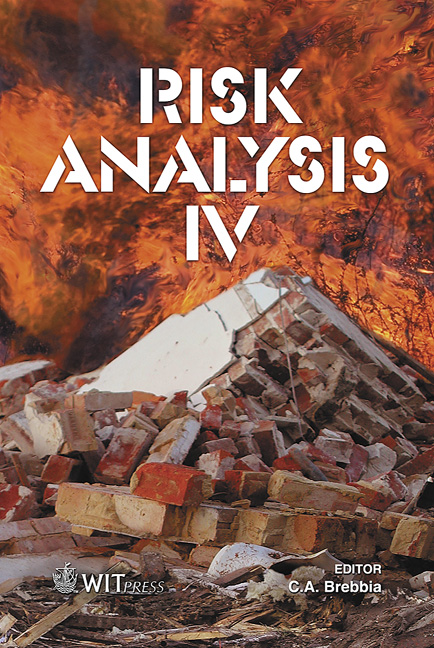Risk Analysis Of Natural Gas Pipeline
Price
Free (open access)
Transaction
Volume
77
Pages
9
Published
2004
Size
295 kb
Paper DOI
10.2495/RISK040491
Copyright
WIT Press
Author(s)
Y.-D. Jo, K.-S. Park, J. W. Ko, & B. J. Ahn
Abstract
Unlike other hazardous plant, the transmission pipelines carrying natural gas are not within a secure industrial site, but are routed across land not owned by the pipeline company. If the natural gas is accidentally released and ignited, the hazard distance associated with these pipelines to people and property is known to range from under 20 m for a smaller pipeline at lower pressure, up to over 300m for a larger one at higher pressure. Therefore, pipeline operators and regulators must address the associated public safety issues. This paper focuses on a method to calculate explicitly the individual risk of transmission pipeline carrying natural gas with reasonable accident scenarios for route planning in relation to the pipelines proximity to surrounding building. The minimum proximity distances between pipelines and buildings is based on the rupture of the pipeline and the distances where chosen to correspond to a radiation level of approximately 32 kW/m2. In the design criteria of steel pipelines for high pressure gas transmission(IGE/TD/1), the minimum building proximity distances for rural area are located between 10-5 and 10-6 of individual risk. Therefore, the risk from natural gas transmission pipeline is very low comparing with other risk from traffic or chemical industries. Keywords: quantitative risk analysis, transmission gas pipeline, individual risk, minimum proximity, fatal length, jet fire.
Keywords
quantitative risk analysis, transmission gas pipeline, individual risk, minimum proximity, fatal length, jet fire.





